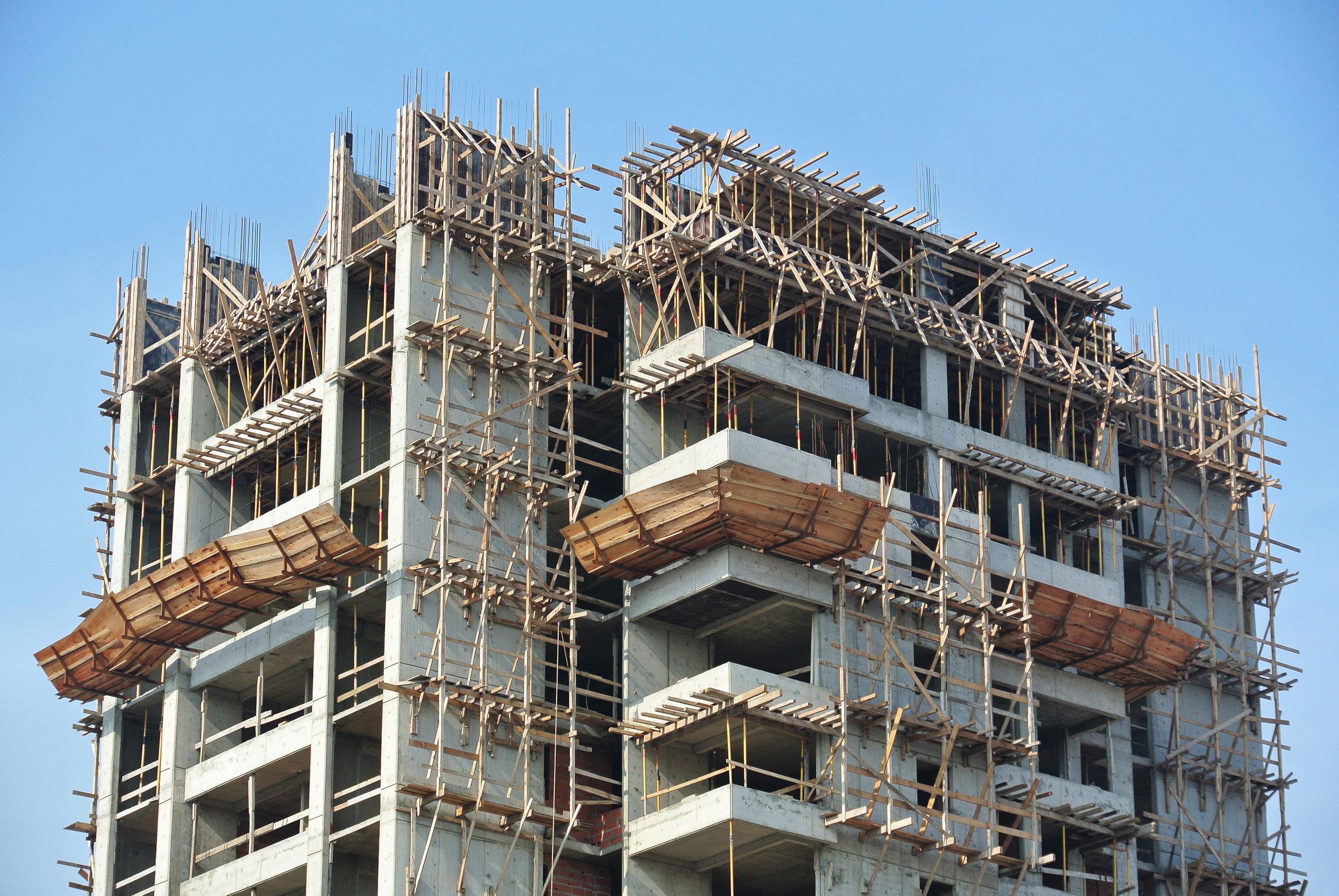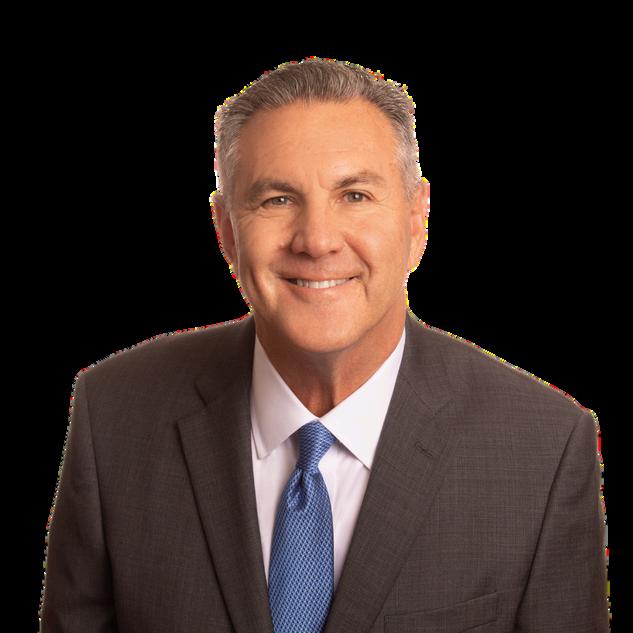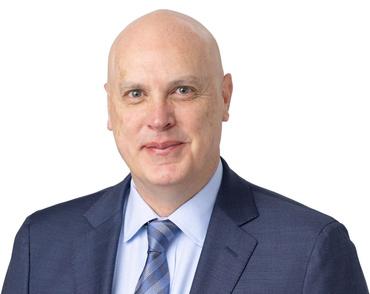CONSTRUCTION INSURANCE
Key Trends & Insights





Key Takeaways
Excess Liability Insurance capacity remains a challenge in the construction industry, with carriers reducing limits.
Swimming pool contractors are increasingly moving into the Excess & Surplus (E&S) market due to defect claims, pollution exposures, and unique risks like “pool popups” and alkali-silica reaction (ASR), also known as “concrete cancer.”
Owners Interest Policies typically offer broader protection than Owner’s and Contractor’s Protective Liability (OCP), with coverage extending beyond the job site and through the statute of repose.
Mitigation strategies, such as high-impact roofing materials, automated monitoring systems, and risk-reducing maintenance, can improve coverage availability and pricing.

The line between standard and E&S construction business continues to shift regionally, with certain contractors, like roofers and remodelers, often landing in the E&S space.
Quality submissions and underwriter relationships remain essential in securing optimal terms in today’s environment.
Burns & Wilcox has access to an exclusive carrier, Atain, and deep brokerage capabilities for complex, high-exposure construction accounts.
Construction Insurance Sees Flat Rates, Capacity Challenges

In regions across the U.S. — from Texas and the Midwest to the West Coast — Construction Insurance markets remain generally flat on CGL Insurance renewals, barring claims history or unusual exposures. However, Excess Liability Insurance capacity has become more difficult to secure, with fewer carriers offering larger limits. For example, while building a $100 million tower may have been possible with just two carriers in the past, today it could require five to seven carriers, especially when seeking placements of $25 million or more.
For larger and more complex construction accounts, brokers are increasingly turning to the E&S market for creative solutions. Excess Liability Insurance placement, particularly the first $5 million above a company’s primary policy limits, is the most challenging layer to fill and often requires splitting limits across multiple carriers.
Risk Spotlight: Contractors
Swimming pool contracto
E&S space, driven by risks
Slip-and-fall injuries on
Property damage, like h excavation or damagin
Construction defects, i meeting engineering sp
Environmental issues, spills.
One unique liability for poo failure caused by hydrost Coverage for this risk may addressed with a buybac concern is alkali-silica re “concrete cancer.”




In Texas, this defect led to hundreds of pool failures and massive losses for pool contractors, particularly where improperly mixed shotcrete was used. This reinforces the need for specialized underwriting and clear communication between brokers and carriers.
Brokers should ensure clients:
Carry adequate Contractor's Pollution Liability
Insurance; without this coverage, a single pollution incident could bankrupt a company.
Verify subcontractor insurance coverage and Additional Insured status.
Review all contract language thoroughly and confirm proper risk transfer is in place.
Implement strong risk management and safety protocols.
Owner’s Interest vs. OCP: Understanding the Difference
Owner’s Interest Liability Insurance is gaining traction among builders, banks, and equity partners seeking more robust protection during construction project development. Owner’s and Contractor’s Protective Liability (OCP) Insurance is typically limited to the job site and contractor negligence, and it cannot cover extended completed operations. However, Owner’s Interest policies:
Include broader coverage written on a standard CGL Insurance form.
Can cover extended completed operations through the statute of repose.
Offers broader site coverage, including non-construction areas; for example, the policy could respond to a claim involving a child injured near a drainage pond outside of the job site.
Can include Excess Liability limits to meet lender requirements.
Rates typically range from $0.75 to $1.25 per $1,000 of construction cost, and quoting is generally straightforward. Owner’s Interest policies—often considered the “sleep insurance” of the construction world—provide the peace of mind that project owners need, and standard carriers typically do not offer them.



Coverage for Artisan Contractors, New Ventures
While many artisan and general contractors in the Midwest – such as electricians and plumbers – still qualify for Construction Insurance through standard markets, even for residential work, the E&S market is seeing more submissions for artisan contractors with the following exposures:
New ventures, including startups or contractors branching out
Accounts with previous claims activity or state capacity issues
Contractors doing high-risk or niche work, such as tree trimming, residential and commercial roofing, or directional boring
Jobs requiring multi-state licensing or unique operations (e.g., painting water towers)
Contractor equipment rental
The remodeling contractor class is particularly flexible, allowing grouped artisan exposures without detailed class breakdowns — a good fit for remodelers who offer multiple services.


Tips for Brokers Agents
#1 Start early.

Ample lead time allows access to more markets, better pricing, and form flexibility; last-minute submissions may limit options.
#2 Look to E&S.
Know that the E&S market is readily available for Excess Liability limits above standard market placements.

#3 Consider Owner’s Interest coverage.
This is especially useful when lenders or partners require broad protection that extends beyond project completion.
#4 Use the right remodeling class.
For artisan contractors doing varied work, this can reduce coverage limitations and rating complexity.

Many policies exclude new residential construction; be precise with exposure types and job scopes.
#6 Submit quality applications.
Strong carrier ties can win deals, especially when unique exposures are involved.
Include a detailed operations description, five years of loss history, and reasons for nonrenewal, if applicable.


No matter the complexity, Burns & Wilcox builds custom insurance solutions for construction risks of all sizes.

Contributors


Denis Brady David Gross President
Burns & Wilcox
Brokerage Division
San Francisco, CA
Click here for contact details > Managing
Grant BurgerUnderwriter
Commercial Insurance
Kansas City, KS
Click here for contact details >

Director
Broker, Casualty
Burns & Wilcox
Brokerage Division
North Dallas, TX
Click here for contact details >
This commentary is intended to provide a general overview of the issues contained herein and is not intended, nor should it be construed, to provide legal or regulatory advice or guidance. If you have questions or issues of a specific nature, you should consult with your own risk, legal, and compliance teams.

